Inspired by the current heat wave that calls for a fresh white, at Lolo we would like to highlight the talent behind Aguascalientes' Deshilado work. Deshilado, or drawn thread work, is a technique that consists of delicately removing threads from fabric and group or bundle together the remaining threads to create a variety of stunning, complex, and delicate patterns. Today, skillful artisans in Aguascalientes, Mexico dedicate their generational knowledge to create elegant pieces that carry within them years of colonial history and talent that is unique to this region.
What is Deshilado? Where does it come from?

Deshilado is an artisanal, handmade technique that remotes back to Europe centuries ago. It was the Spanish with their arrival in Mexico who introduced it to Mexican artisans. The delicate technique was brought over by the first established Spaniards, who, in turn, were inspired by French and Italian embroideries mixed with arabic talavera-like designs. This technique was then adapted by indigenous and mestizo women who inserted their own interpretations of the world surrounding them with designs of birds, flowers, fruits, and other sceneries.
Being a work of leisure at first, higher class women had the opportunity to create more of this laborious and complex embroidery. At this time, the state of Aguascalientes was a state blooming in economic opportunities allowing for women to stay at home and dedicate their leisure time to embroider pieces of Deshilado for the home and for clothing.
Nowadays this technique offers the opportunity to create elegant and captivating garments and ornamental linens such as blouses, dresses, tablecloths, napkins, and many other items for both everyday use and special occasions. There is such a wide variety of spectacular works of arts that can be done with deshilado and they can be admired while walking around downtown in Aguascalientes’ streets, such as Nieto street, where white linens hang outside stores in all their glory.
History of Deshilado:
 In Aguascalientes, this work arrived together with the railway and both histories are tightly connected. The development of the railroad in Mexico attempted to unite all major economic cities together, which is why Aguascalientes being in the center became an important stop, especially for those traveling from/to Zacatecas (a main mining center) or to/from Mexico City (on their way to the capital). Thus, constant traveling back and forth and contact with others who perfected different thread-work techniques made learning deshilado a daily practice for women in Aguascalientes.
In Aguascalientes, this work arrived together with the railway and both histories are tightly connected. The development of the railroad in Mexico attempted to unite all major economic cities together, which is why Aguascalientes being in the center became an important stop, especially for those traveling from/to Zacatecas (a main mining center) or to/from Mexico City (on their way to the capital). Thus, constant traveling back and forth and contact with others who perfected different thread-work techniques made learning deshilado a daily practice for women in Aguascalientes.
The commercialization of this beautiful technique was also made possible by railroad development. When the railroad passed and stopped at Aguascalientes, those women who had already perfected their technique would use this stop to sell their intricate confections to the passengers. This created a big demand for the detailed work which, in turn, allowed for family workshops to grow and become established Casas de Deshilado, or Deshilado workshops, that were mostly family operated by women and provided families with an extra source of income.
What makes Deshilado so special? What to look for when looking at Deshilado?
 Deshilado as artisanal work in Aguascalientes slowly expanded to its surrounding municipalities and other nearby communities, especially Calvillo, where among the guava smell, one can witness small groups of women "un-threading" and "re-threading" their white fabrics at their doorsteps. Deshilado is not a technique that is learned in schools or by consulting books or magazines. Deshilado is a generational knowledge which is learned from mother to daughter, carrying the knowledge of generations before. The creativity behind each work of deshilado can easily and without a doubt be called true representations of ancestral, women's knowledge that becomes a work of art for everyday use.
Deshilado as artisanal work in Aguascalientes slowly expanded to its surrounding municipalities and other nearby communities, especially Calvillo, where among the guava smell, one can witness small groups of women "un-threading" and "re-threading" their white fabrics at their doorsteps. Deshilado is not a technique that is learned in schools or by consulting books or magazines. Deshilado is a generational knowledge which is learned from mother to daughter, carrying the knowledge of generations before. The creativity behind each work of deshilado can easily and without a doubt be called true representations of ancestral, women's knowledge that becomes a work of art for everyday use.
A good Deshilado work can be distinguished by the way in which it is made, beginning with the material used that requires a cotton, linen, or cotton and linen blend for the fabric and the use of the same color and material threads. The delicate work is created by removing threads from the fabric’s warp to then join together the gaps and loose threads, generally using the same thread that was removed from the fabric. This laborious strenuous work results in their characteristic images of flowers, squares, and crosses. A good piece of deshilado results in the same work being appreciated from both sides.
Traditionally, there are three types of Deshilado work:
 1- Deshilado de Trama, a straight work done by removing threads from the warp.
1- Deshilado de Trama, a straight work done by removing threads from the warp.
 2- Filigrana, which creates a textured finish within the “holes” using the same threads that are being removed.
2- Filigrana, which creates a textured finish within the “holes” using the same threads that are being removed.

3- Presilla, similar to filigrana but the textures and “holes” are made with the aid of a new thread that is not part of the original fabric.
A Piece of deshilado is meant to last for years and can become a family heirloom. Once finished, artisans use maizena, or corn-starch, to keep spots from sticking and as an anti-caking agent. For this reason, they might be rough to the touch at first, but this allows for easier care and a long-lasting item. Wash after wash, this roughness will be lost but it can be recovered by ironing it with corn-starch, the same as artisans in Aguascalientes!
Colectivo Casa del Deshilado
At Lolo we work with a very special group of women artisans. Casa del Deshilado Collective is a women owned and family-run business that work hard to preserve the traditions behind embroidery and Deshilado. Susy, the workshop representative has shared with us her concern about this tradition getting lost, commenting on how younger women are lacking interest in this tradition and the lack of appreciation for their hard work. For this reason, women at Casa del Deshilado get together with other groups to combine their talent and passion and teach younger girls about the narratives and generational value behind this work. Watching them work and teach is a great pleasure. For Lolo our greatest delight is obtaining pieces of daily use that are colonial in their nature that we would only see at our mother's and grandmother's house back in Mexico, such as a bread warmer, or apron.
If you would like to check out the work of arts of Colectivo Casa del Deshilado, be sure to check out our Deshilado collection here.
Any thoughts? What do you think about this technique? We find this and interesting type of embroidery, doing the opposite of what is traditionally known and similar to using negative space in art, do you share this thought? Were you familiar with Deshilado from Aguascalientes before this article? We would love to hear from you and any experiences, memories, or thoughts this or any article brought to you!
Also, don't forget to subscribe to our newsletter to get exclusive promotions, gifts, and be the first to know about our products and, of course, these articles that we love to write for you all!

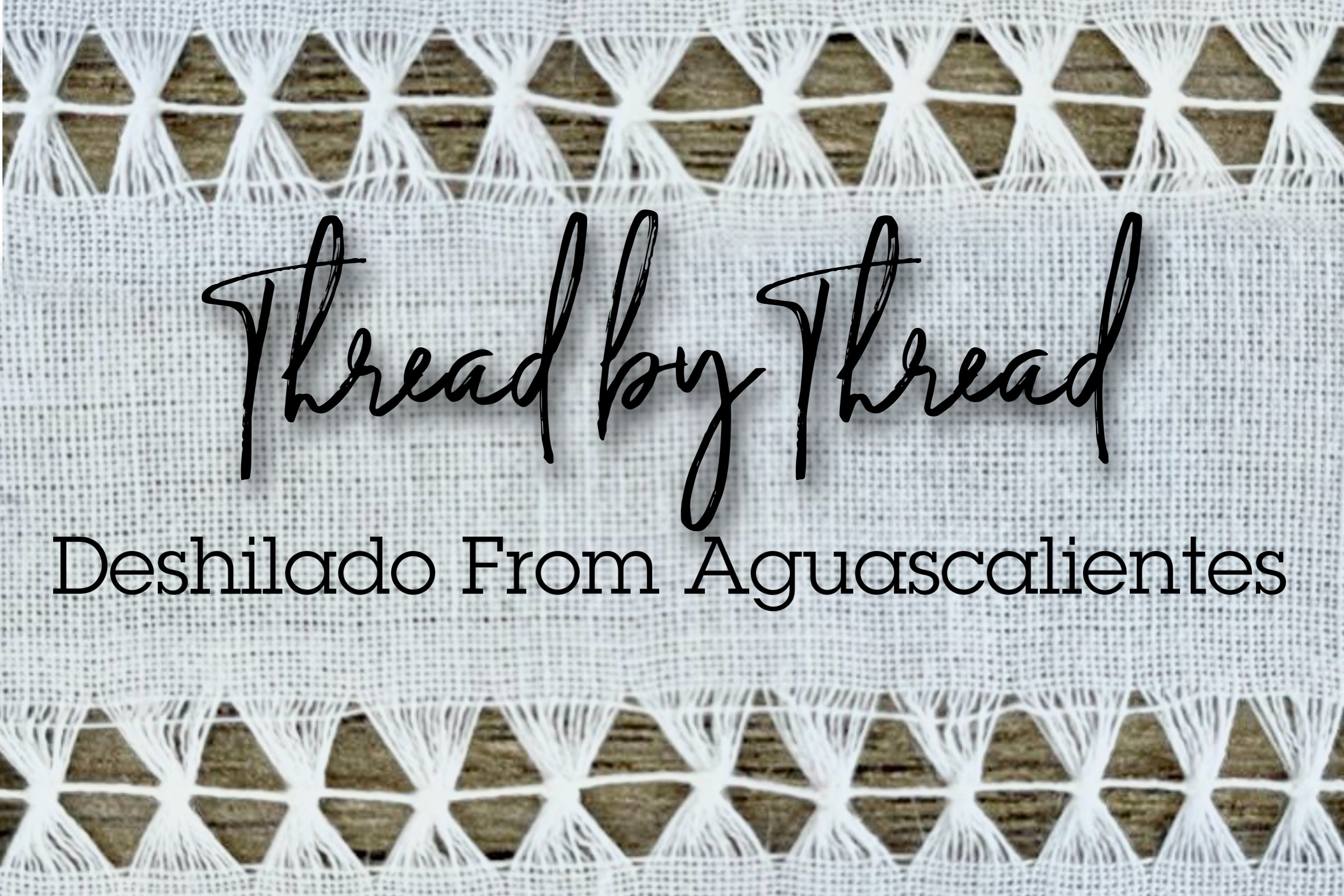


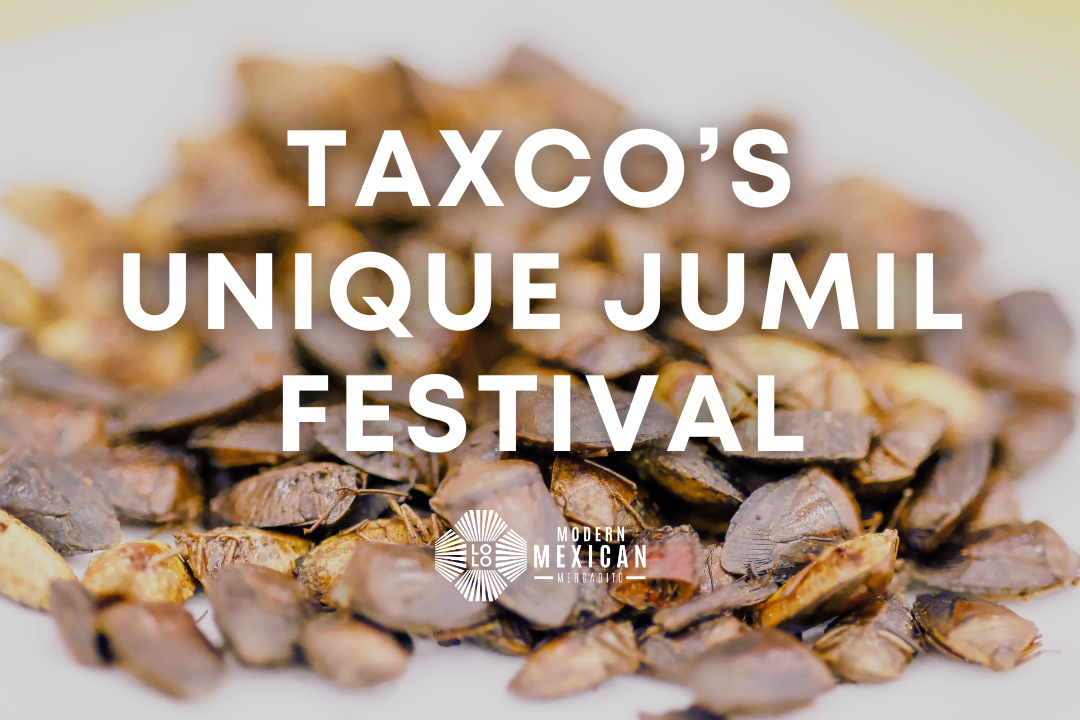
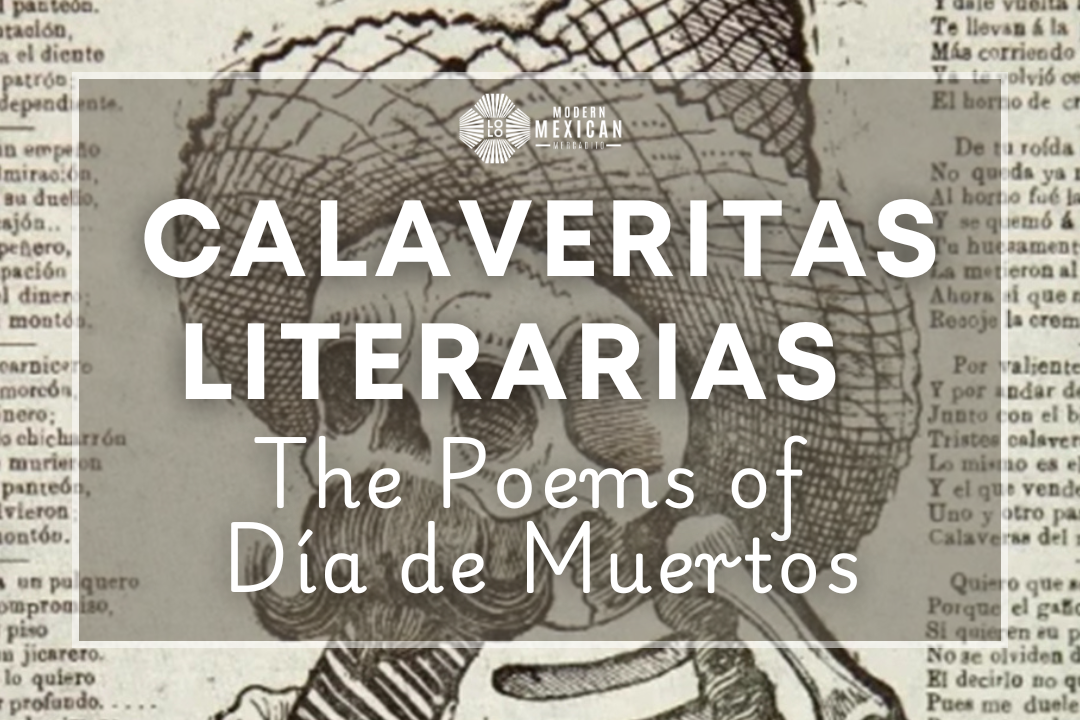
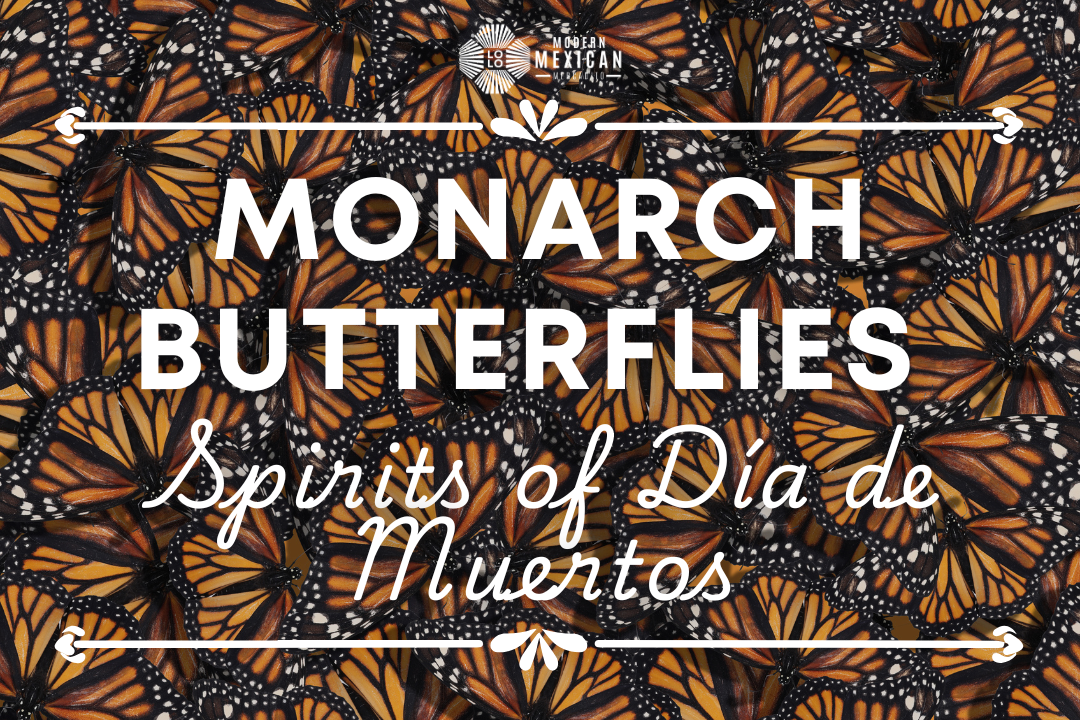
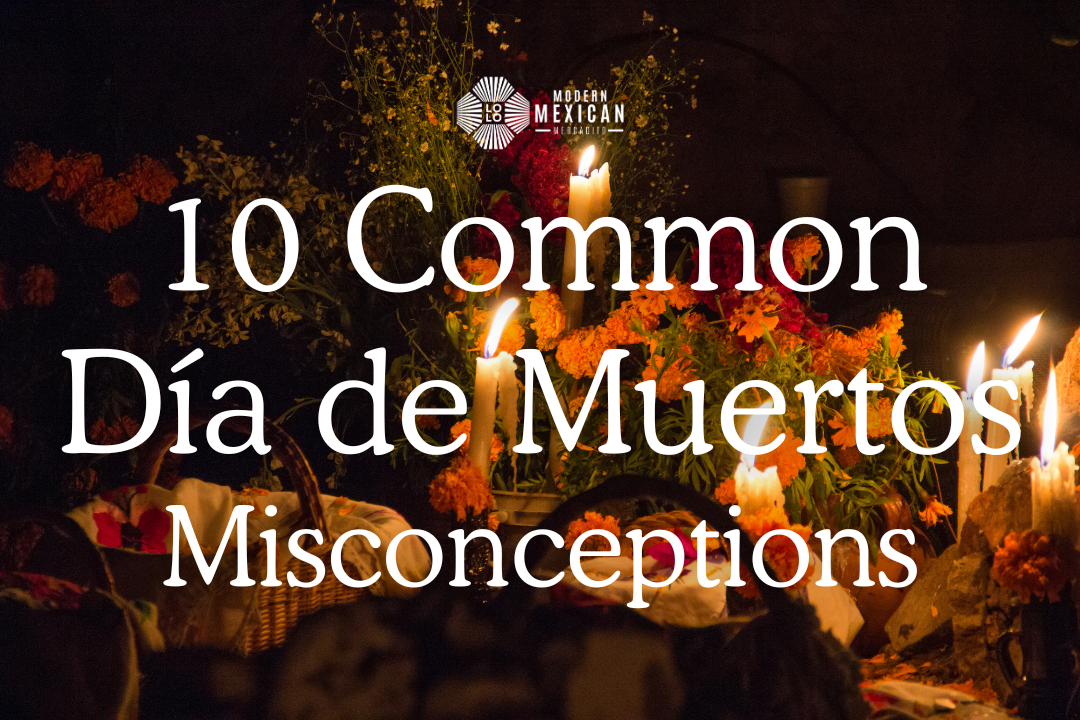
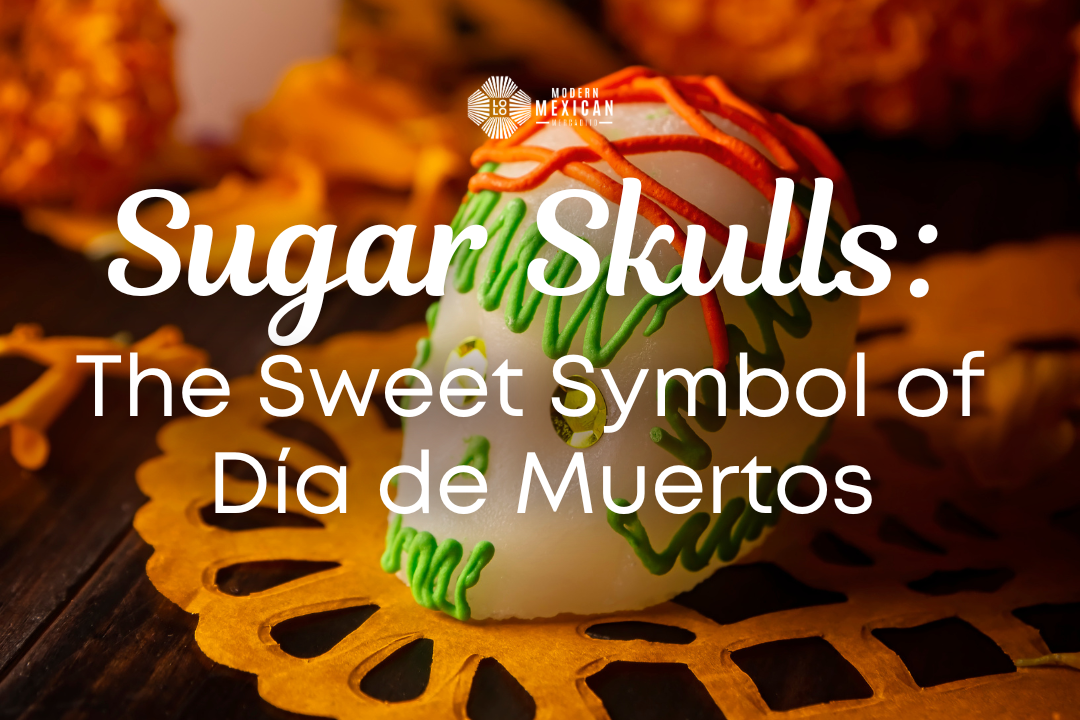

1 comment
bob eskind
do you think that Charles Waite’s photograph (about 1909) is Aguascalientes? see: https://www.worthpoint.com/worthopedia/25-original-mexican-mexico-photos-1899-1904-cb
I’m guessing that it’s Northern Mexico. Aguascalientes is the location of other drawnwork photos of the period.